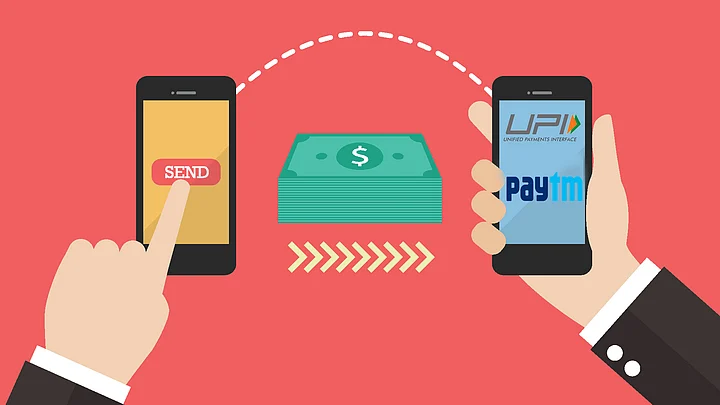This week, the Indian digital payment story has a new twist. According to the latest report, the growth of payments via debit and credit cards have paled in comparison to Unified Payment Interface or UPI.
While UPI transactions have grown a staggering 57,000 percent since its debut in 2016, physical cards have only seen a 20 percent growth. Most of this has been attributed to the appeal of various cashback deals that UPI services have offered.
In comparison to that, banks providing debit cards have not only failed to offer attractive cashback schemes, but the two percent transaction charges on cards have only worked against their usage.
It’s surprising to see the impact that digital payments, in the form of Google Tez, BHIM and UPI in general, have had in a short span of time. Established giants like MasterCard and Visa have been setting up their bases for over decades now, but mobile payments clearly have found takers in the country.
UPI was seen as an ambitious project by industry experts, but it has been lapped up by global brands like Uber, Amazon and even WhatsApp recently.
This has somewhat forced MasterCard and its peers to switch their focus from card-based payments via point-of-sale terminals, to mobile-centric features.
Contactless cards have come up and they’re working with mobile brands to offer Iris-based payment features also. There are start-ups in India working on sound-based payment solutions also. Clearly, digital payment is set for the long haul in the country.
Payment integration into apps will trigger the growth of the Indian digital payment market to over $1 trillion in the next five years, according to Credit Suisse Group report.
The fast-moving proliferation of mobile users in the country also plays a crucial role in the rise of UPI payments in India. According to a Digital Payment Report from Medianama, Google Tez accounted for 69 percent of UPI transactions till December 2017. For an entity that merely debuted in September 2017, their growth to have over 12 million users is a brilliant case study for its peers.
The latest payments report from RBI suggests over 151 million transactions were done via UPI between January 2017 and December 2017. This amounts to Rs 15,571 million in transaction value.
No wonder, WhatsApp decided to enter the arena, with its existing set of around 230 million users, already equipped to handle mobile payments. This didn’t go down well with rival Paytm, but consumers aren’t the ones complaining.
Need to Carry On
The rise of digital payment will be music to PM Narendra Modi’s ears. Having said that, there’s a strong feeling in the payment sector that prepaid wallets have taken a backseat, as UPI gets more attention from the Reserve Bank of India (RBI).
Luck has deserted prepaid wallet players like Paytm, MobiKwik and banking institutions like HDFC and ICICI, which have similar apps. Any user with these platforms have to get their mandatory know your customer (KYC) process done via Aadhaar or any other legit ID document.
Without getting the KYC process done, users cannot send money to other people, or transfer money back to their account.
With this happening, cash has yet again taken the centrestage of Indian payment sector. According to a latest RBI report, the cash available in the market is more than what there was before demonetisation.
Mobile is the future, and even though its security standards have been scrutinised, the rise of digital payments will heavily rely on the growth of mobile infrastructure and ease of use.
(At The Quint, we question everything. Play an active role in shaping our journalism by becoming a member today.)
